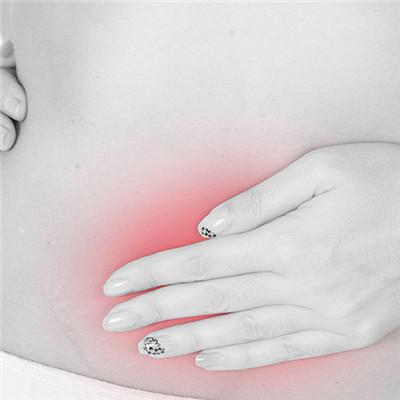Check as soon as possible: what about placental aging
summary
"I'm seven months pregnant. I went to the hospital for examination some time ago. The doctor said that I was short of calcium and that the placenta was aging. But, my leg does not cramp, also eating calcium, after all calcium deficiency can cause placental aging Last week, a pregnant mother sent a text message to me for help: when the fetus is growing in the uterus, it depends on the placenta to get enough nutrition and oxygen from the mother. Once the placenta is aging, will it not affect the healthy growth of the fetus? Placental aging is not very common in clinic, but once it occurs. Many pregnant women are very afraid.
Check as soon as possible: what about placental aging
First: in the perinatal care clinic, pregnant mothers often see the words of grade I, grade II and even grade III on the B-ultrasound report sheet. In fact, all of these represent the developmental maturity of the placenta. Grade I is the early stage of placenta maturation, grade II indicates that the placenta is nearly mature, and grade III indicates that the placenta is mature. Under normal circumstances, the closer to full-term, the more mature the placenta is, and the placental function gradually decreases with the maturity of the fetus.
Second: usually, when most pregnant women are near term, the placenta maturity is in grade II and III, which is very normal. However, if the gestational age is about 20 weeks, the placental maturity will reach grade II, or about 35 weeks, the placental maturity will reach grade III, which indicates that the placental function is decreased. Because the placenta from the mother to the fetus oxygen and nutrient capacity decline, may cause fetal intrauterine hypoxia, not only affect the growth and development of the fetus, and even life-threatening
Third, even if B-ultrasound shows that the maturity of the placenta exceeds the month of pregnancy, it does not necessarily mean that the placenta is aging. " Zhao XianLan said that doctors use B-ultrasound to judge the maturity of the placenta, mainly through the calcification on the placenta. For example, if the calcification is scattered, it will be diagnosed as grade II, and if the calcification is connected into a piece, it will be diagnosed as grade III. this is more or less affected by subjective factors. Maybe some doctors think it is grade III, but some doctors can only reach grade II.
matters needing attention
In addition to B-ultrasound examination to see placental calcification (choose an experienced doctor to see, but also to see carefully), but also to see how much amniotic fluid, color Doppler ultrasound to see whether the umbilical artery blood flow velocity is normal, fetal heart rate monitoring, urine examination of estriol and creatinine ratio, check vaginal wall exfoliated cells, etc., can reflect the condition of the placenta, must be diagnosed after comprehensive consideration.















